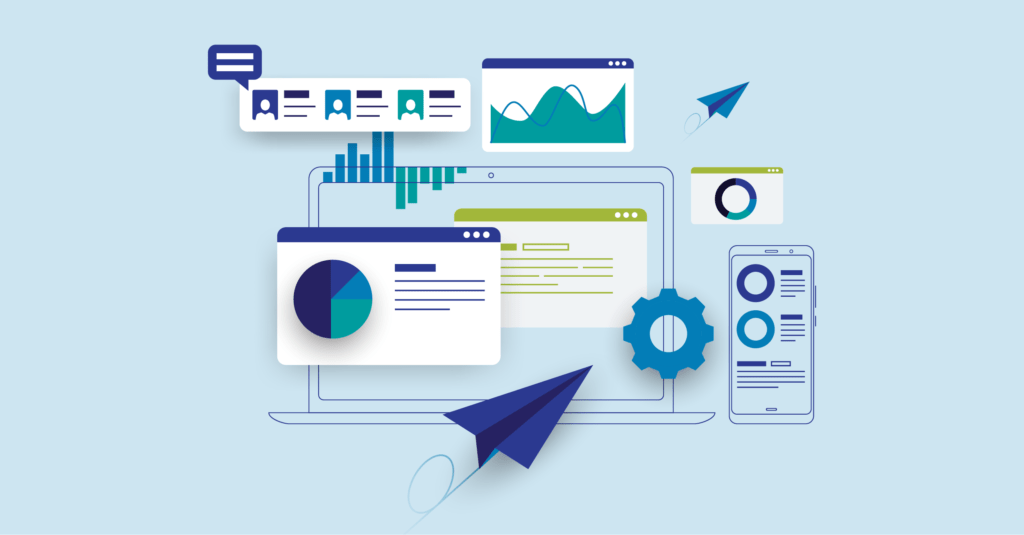What Gets Measured, Gets Done. Tying Learning and Development KPI’s to Business Success

“What gets measured, gets done.” This is one of the most famous quotes from world-renowned business author Tom Peters. Without numbers, you don’t really know whether your training and development programs are having an impact on the personal performance of your frontline workers or an impact on business results. Defining and knowing the answers to these two questions is critical to driving how to shape operational training content and delivery so employees not only grow professionally but also contribute to the success of the entire company.
When you look at KPIs that measure business impact, numbers like how many employees took which training, knowledge assessment scores, or hours spent learning are not enough. You’ll need to connect how your programs give employees the knowledge AND confidence they need to meet (or exceed) business goals and measure that.
Identify Performance Gaps
KPI metrics for training and development need to align with business goals so you can identify gaps in employee performance and build programs to fill those gaps.
If you’re not already collaborating with your executive and line of business leadership, you’re not going to know what’s most important to them and how your programs can enable employees to deliver on those goals. With this connection, L&D becomes a strategic, mission-critical function. That’s why it’s important to employee L&D success to identify performance gaps and the metrics that will determine if you’re filling those gaps before you create any training.
Here’s an example: Your company leadership wants to increase sales. You determine that if you create a training program that helps sales reps save one hour per day by switching to a new sales management tool, they can use this time to increase their sales targets by 12.5%. That’s your KPI.
Pinpoint What Executives Care About
Executives don’t care about how many hours of training employees took nor do they care about how many employees attended a certain training. L&D KPIs need to focus on what executives do care about like:
This also means you want to avoid subjective KPIs that include anecdotes or comments that aren’t based on hard numbers. Executives want to see a clear line between training and business objectives.
Develop Training Around KPIs
Early identification of KPI metrics for learning and development drives effective creation and development. But when you try to figure these out after development, your numbers are unreliable at best and, at worst, make your program seem like a waste of time. If you can’t tie a learning metric to a business metric, you need to consider whether you need to track it at all.
We’ve even discussed this topic before with Kevin M. Yates, the L&D detective, who says:
“A common struggle I see in most learning organizations is that they haven’t planned for measurement in the beginning, making it difficult to measure in the end. If you are proactive and plan for impact, however, it will be much easier to measure.”
Share KPIs for Continuous Improvement
Finally, make sure that the data is accessible. This may seem like a no-brainer but we’ve seen many L&D organizations with critical KPIs locked away in a database that’s not accessible. It’s difficult but critical to ensuring that your training data is connected to your business data. Employee training KPIs and business performance dashboards need to be easily accessible for your entire team, and for executives, to ensure that everyone is on the same page.
Your learning and development KPIs need to include more than just course completions. Your employee training needs to move the needle in your business. Get the data to prove how your learning initiatives connect to individual and organizational performance.
If you’re looking for an effective frontline training solution, contact or chat with us today to learn more about how Inkling can help with your learning and development needs, help reduce employee turnover rates and improve employee engagement, and improve overall productivity in your organization.
